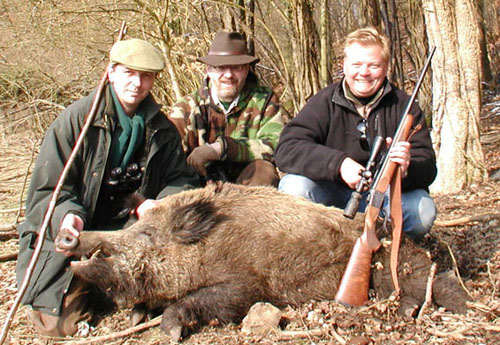I didn't change my name on my wedding day, June 19, 1999. That last week, it became an identity crisis for me : Would I change it , or not? Would I give up the name I'd had for nearly 29 years to become Michele Long?
My mother was telling me, "It will make it much easier to tell if you're a family. What about the children?" She works in public health, and sees all manner of blended families where it is difficult to tell who belongs to whom.
Well, in my mind, in the family CL and I would create, the kids would KNOW they belonged. That was never an issue for me. Growing up, my best friend Janna lived in a house with 3 last names (Campbell, Kerska, and Bettis), and none of them seemed to have any kind of an identity crisis.
The morning of the wedding, my mother-in-law told me, "You should really change your name. You'll save a lot of time just writing your signature for the rest of your life."
The efficiency argument didn't move me either.
What did move me was losing my identity. I'd spent 29 years building up that name with good academics, good character, good credit, and a career as MM. It had been good to me.
Who was Michele Long? No one with no past ...
If I had gotten married at 18, it might have been a different story. My identity would not have been so precious at 18 years of age.
After I finally decided to keep my given name (at the very last moment of signing the marriage license), it was a tremendous relief to me. It's been almost 10 years since I made this momentous decision, and I know it was the right decision for me.
I did unofficially change my middle name from Leigh to Long, but the government doesn't know that.
There are benefits to having a long Polish-Americanized name :
* It's unusual.
* People HAVE to look at it, so they usually spell it right.
* They don't know how to pronounce it, so they usually ask.
What about the kids?CL and I decided that boy children would take the Long surname; girl children would take Matucheski. We had a boy who we named Oliver Long, with eyes as green as mine. There is no doubt he is my child (and he knows it, too!).





